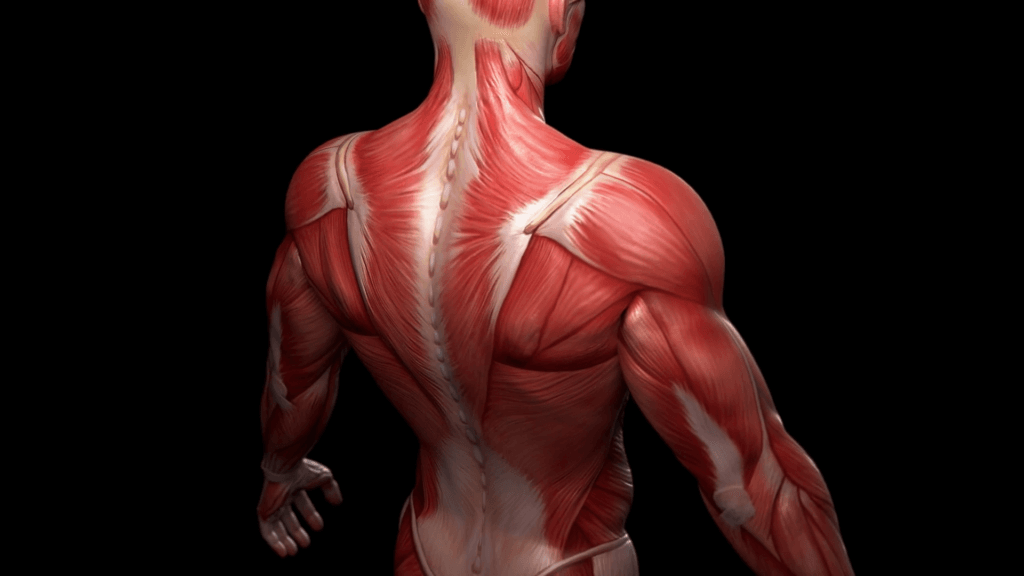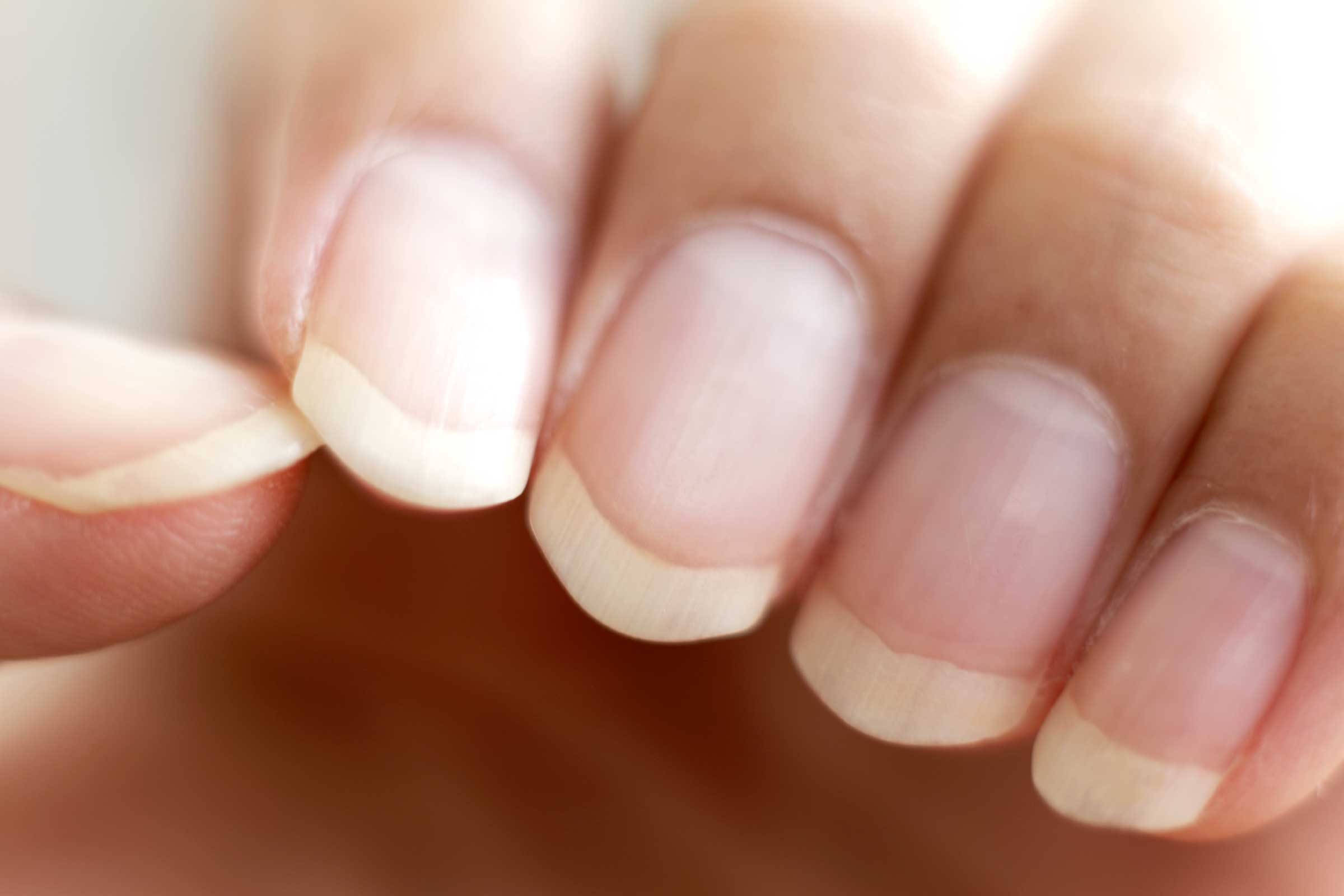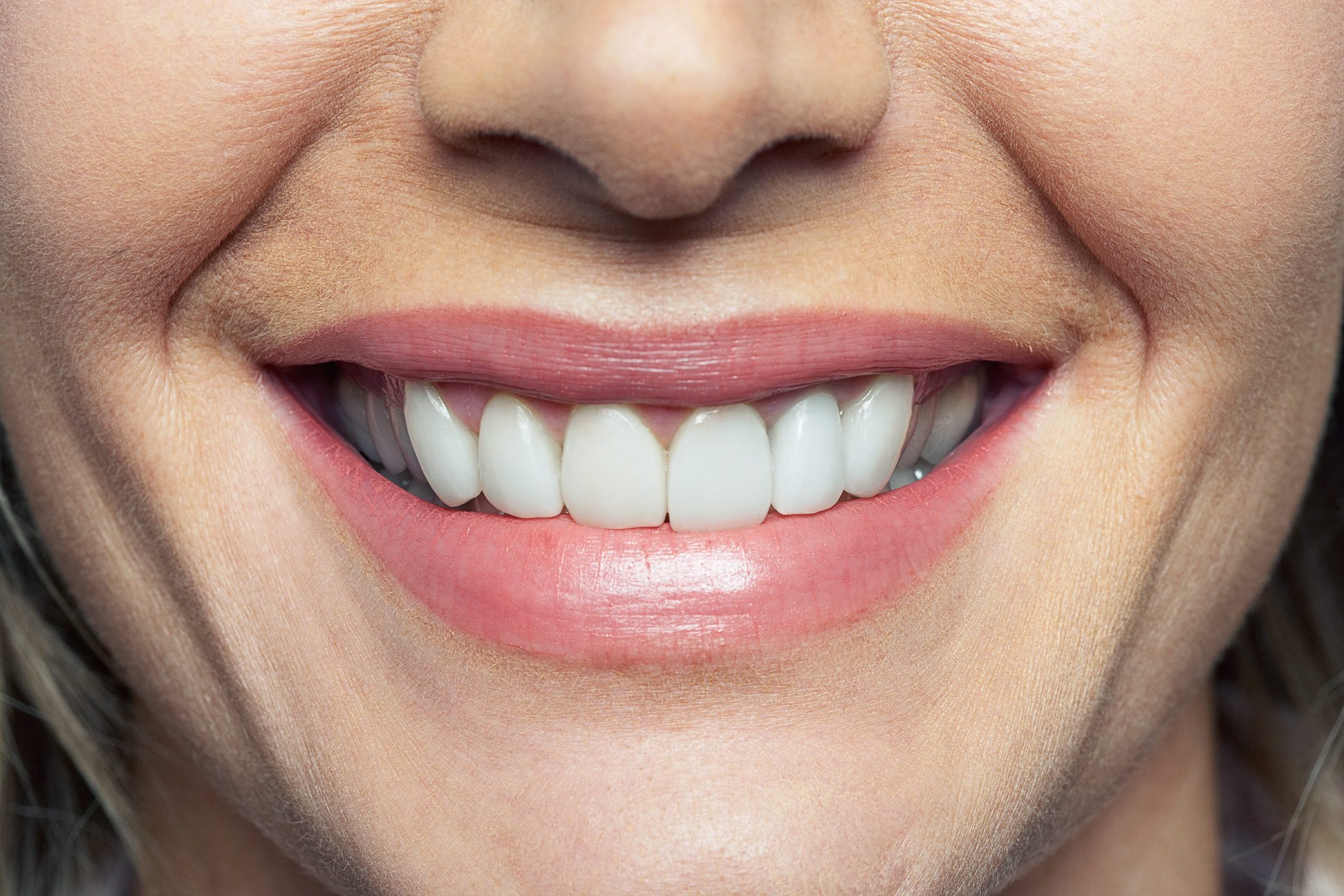In classical Greek science and medicine, the Four Elements are the basic constituents of all matter, including the Human Body. These theories might have been void of actual science; our bodies, however, do in fact manifest the Four Elements of Nature.
Earth
Earth is what makes body mass such as bones, muscles, cells, tissues, teeth, hair and nails. Humans are born with about 300 to 350 bones, many of which fuse together between birth and maturity to produce an average adult total of 208 bones. The number of bones in the human body varies according to the counting method applied. While some methods consider a given structure to be a single bone with multiple parts, others consider the same structure to be multiple bones.

The number of muscles in the human body varies from about 656 to 850; there are three categories of muscle: skeletal, smooth, and cardiac. Skeletal muscles consist of striped or striated fibers; they move the various parts of the body. Skeletal muscles are considered “voluntary” muscles because the person controls their use.
Smooth muscles are found in the stomach and intestinal walls, veins, and in various internal organs. They are called “involuntary” because they cannot be made to work by conscious choice, but are controlled by the autonomic nervous system. Finally, cardiac muscles, which are only found in the heart, contain both striped and smooth tissue and they are involuntary.

Cells are the basic structural and functional unit of all known living organisms; a cell is the smallest unit of life that is classified as a living thing, and is often called the building block of life. Tissues are composed of groups or layers of cells that collectively perform a specific function. There are major tissue types in the human body; one of which is connective tissue, which is made up of cells and protein fibers, and provides support for other body tissues.
Another type of tissue is epithelial tissue, which is comprised of tightly packed cells arranged in layers. It provides many functions, including absorption, excretion, protection, reproduction, secretion and sensory reception. The third type is muscular tissue, which provides stability to the skeleton and internal organs, and allows body movement. Muscle tissue makes up approximately 60% of the body’s mass. Other types are the nervous system tissue, lymphatic tissue, and membranes.

Fingernails are important structures made of keratin, which is the same substance the body uses to create hair and the top layer of the skin. Fingernails act as a protective plate and enhance sensation of fingertips; they also serve to enhance precise delicate movements of the distal digits through counter-pressure exerted on the pulp of fingers. Nails then act as a counterforce when the end of the finger touches an object, thereby enhancing the sensitivity of fingertips, even though there are no nerve endings in the nail itself.

Teeth are necessary for chewing, tearing, biting and grinding food. The tooth has two parts: one part is visible in the mouth and is the crown; while the other, which is embedded in the bone, is the root. The outmost layer of the crown is called enamel, which is the hardest part of the body; then comes the dentin in which we can feel hot and cold sensations; afterwards comes the pulp, which contains the blood and nerve supply of the tooth.
Teeth are generally named based on the functions they perform. The incisors are the front teeth in both the upper and lower jaws found in the middle; they are useful for biting food. Then, there are the canines, one on each side of the incisor group; they are useful for tearing into the food. Following the canines are the pre-molars, which initiate the chewing process; after that there are the twelve molars that help grind the food. Adults usually have 32 teeth on their jaw.

Hair is basically a form of skin; it is made up of a protein known as keratin, and it grows everywhere on the body with the exception of the lips, eyelids, the palms of the hands, and soles of the feet. Hair serves as a protective layer for the skin; it traps dust and other particles so that they do not enter our bodies. It also helps maintain thermal balance by protecting the skin from heat and excessive coldness.
Each shaft of hair is made of two or three inter-twined layers of keratin that grow from a follicle beneath the skin.

References
http://salemos.tripod.com
http://cms.yourholisticdentist.com
http://yoga-connection.com
http://www.jiva.com
http://www.drstandley.com
http://www.dhammacenter.org